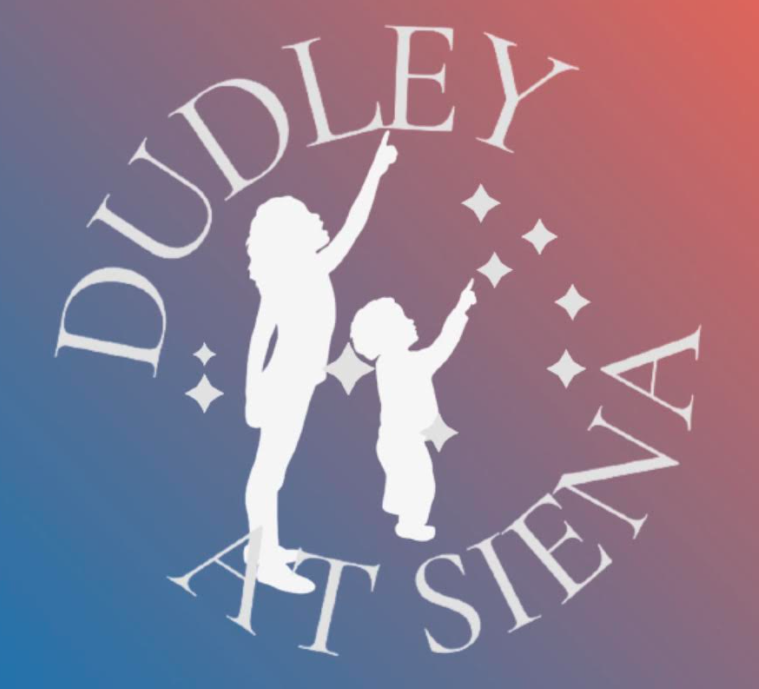Skywatch Line for Friday, September 5, through Sunday, September 7, written by Sam Salem
This is Dudley Observatory’s Skywatch Line for Friday, September 5, through Sunday, September 7, written by Sam Salem.
On Friday, Sun rises at 6:25am and sets at 7:22pm; Moon sets at 3:36am and rises at 6:35pm.
On Friday evening, the waxing gibbous Moon shines in the south-southeast, on a line between Altair and Fomalhaut. Altair is the bright star three or four fists above the Moon, somewhat to the right. Fomalhaut, the Autumn Star, rises a little after dark.
On Saturday early evening, watch the Moon forming an isosceles triangle with Saturn, to its lower left, and Fomalhaut, the same distance down to its lower right. As the night advances, the triangle climbs higher while turning clockwise.
Full Moon occurs on Sunday at 2:09pm. A total eclipse of the Moon will occur for easternmost Africa, most of the Middle East and Asia, and the western half of Australia. This weekend’s full Moon is the Corn Moon. It’s also called a full Blood Moon because of the total eclipse.
The full Corn Moon will float near Saturn after sunset on Sunday. They’ll be visible all night. Saturn follows about 8° or 10° behind the Moon across the sky.
Saturn, magnitude +0.7 in the constellation of Pisces, rises due east in twilight. It sits lower right of the Great Square of Pegasus, which stands on one corner. Saturn is just two weeks from its own opposition. Observe Saturn with a telescope after midnight when it’s high toward the south. Saturn’s rings are almost edge-on this year.
Venus and Jupiter, magnitude –3.9 and –2.0 in the constellation of Cancer and Gemini respectively, shine in the east before and during dawn. Jupiter is the top one. The gap between them continues to widen by 1° per day. On Saturday, the two planets will be 25° apart. Both are about at their farthest from Earth.
Mars, at magnitude 1.6 in the constellation of Virgo, rises very low in the west during evening twilight. Mars sets shortly before twilight’s end. Use binoculars to help you locate it. Spica is the brighter, whiter, twinklier star to the upper left of Mars. Mars and Spica are getting closer every day. They will be 5½° apart on Friday.
Uranus, at magnitude 5.7 in the constellation of Taurus near the Pleiades, rises around 11pm. It gets high in the east in the early morning hours. In a telescope, Uranus is a tiny non-stellar dot, 3.6 arcseconds wide.
Neptune, at magnitude 7.8, sits less than 2° north of Saturn. Use a finder chart to help you locate Neptune with respect to Saturn. Neptune is just 2.4 arcseconds wide.
As summer wanes, Arcturus moves down the western sky. The kite pattern of Boötes leans over to the right. The kite is narrow, slightly bent, and 23° long, or about two fists at arm’s length. Arcturus is its bottom point.
